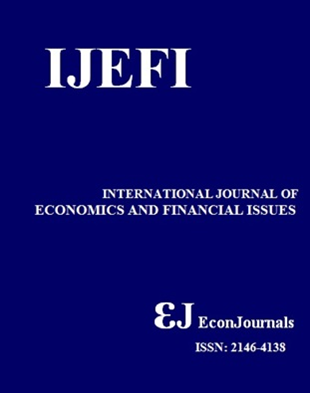Decoding Turkish Lira Volatility Using Natural Language Processing, News and Twitter Sentiment, and Explainable AI
DOI:
https://doi.org/10.32479/ijefi.19724Keywords:
NLP, Explainable AI, Machine Learning, Exchange Rate, Volatility, News SentimentAbstract
This study examines the Turkish Lira/US Dollar exchange rate volatility from January 2015 through February 2024—a period when the Lira depreciated dramatically against the USD. This currency collapse triggered serious economic problems: high inflation, soaring import prices, reduced purchasing power, persistent price increases, lower real wages, higher external debt costs, limited monetary policy options, and volatile financial markets. While previous research has used Twitter sentiment for financial forecasting, our study contributes to the literature by analyzing both international news sources (The Economist, The New York Times, and The Guardian) and local Turkish sources (Yenisafak newspaper and social media Turkish Twitter content). Using explainable AI techniques, we investigate how news sentiment from different sources affects exchange rate volatility. The results indicate that international media sentiments impact the volatility of the Turkish lira/US dollar exchange rate. The overall sentiment derived from news sources effectively captures fluctuations in volatility. However, local media appears to have a comparatively weaker influence than international news.Downloads
Downloads
Published
2025-06-18
How to Cite
Ibrahim, M. M., Khan, A. U. I., & Kaplan, M. (2025). Decoding Turkish Lira Volatility Using Natural Language Processing, News and Twitter Sentiment, and Explainable AI. International Journal of Economics and Financial Issues, 15(4), 317–326. https://doi.org/10.32479/ijefi.19724
Issue
Section
Articles
Views
- Abstract 160
- FULL TEXT 66




